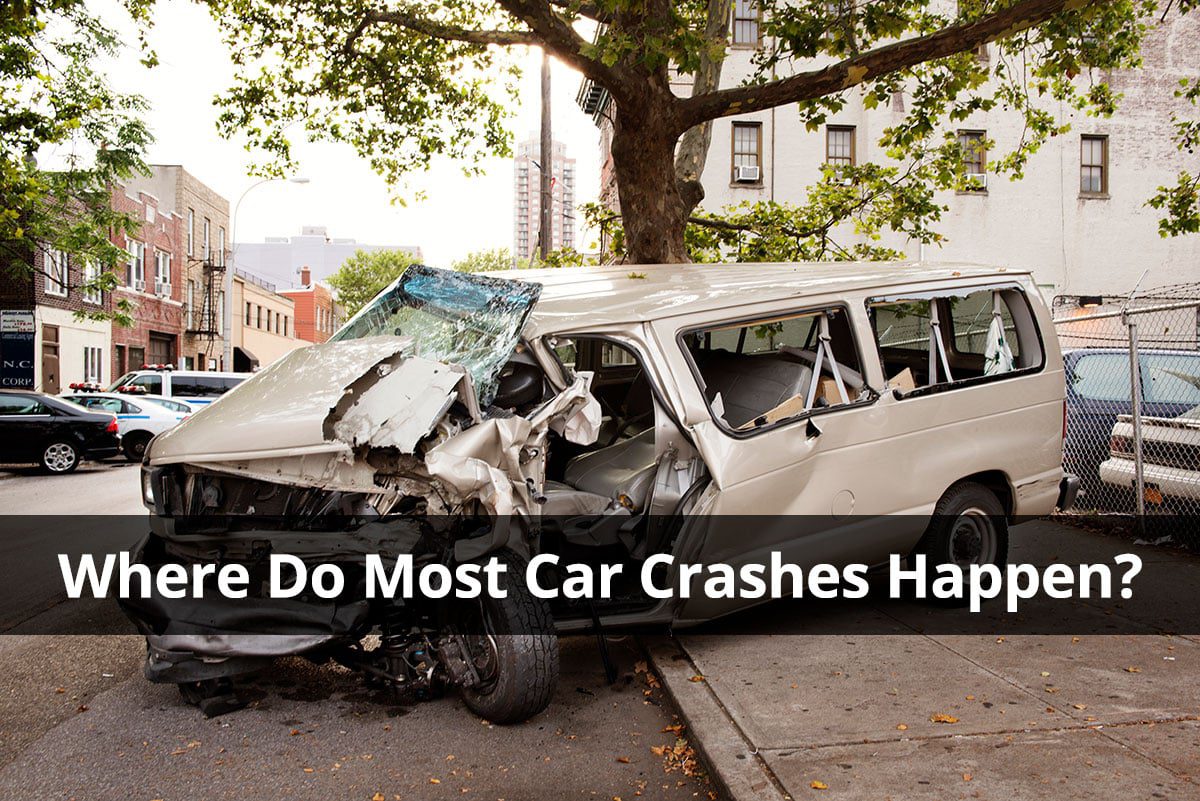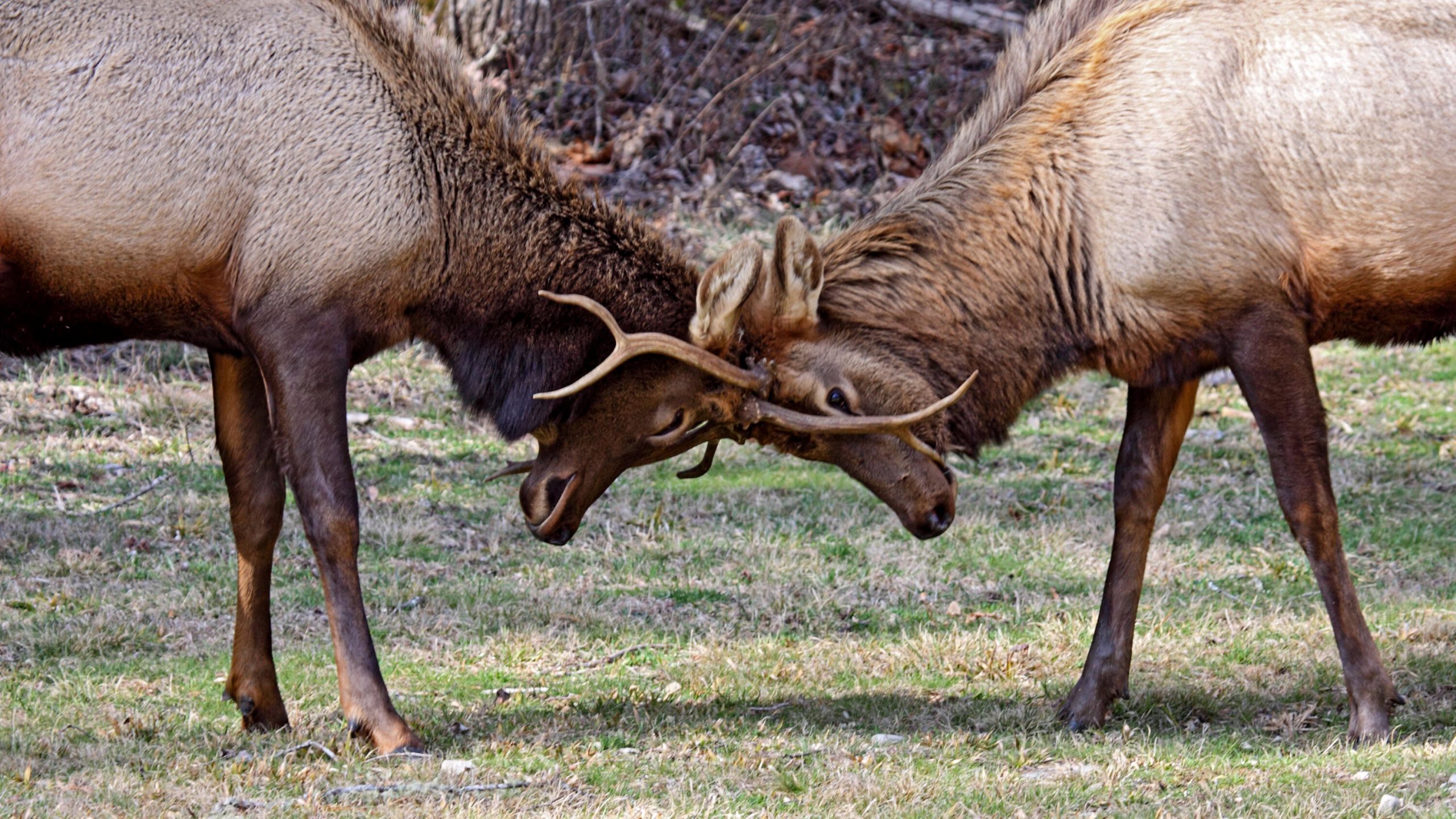Most deer accidents occur at dawn and dusk. These are the times when deer are most active and difficult to see.
Driving can be a hazardous activity, especially when encountering wildlife on the road. Collisions with deer can be costly—and in some cases, even deadly for both deer and driver. It is important to be aware of when most deer accidents occur and how to avoid them.
According to research studies, most deer accidents occur during the hours just before and after sunrise and sunset, when visibility is low. The autumn months are also when deer mating season occurs, making them more active and prone to crossing roads. It is crucial to stay alert, reduce speed, use high beams, and honk your horn when you spot a deer on the road to avoid collisions. With the right knowledge and precautions, you can significantly reduce the risk of encountering deer on the road.

Credit: www.warriorsforjustice.com
Contents
- 1 Introduction To The Significance Of Knowing The Time Of Day When Deer Accidents Are Most Likely To Happen
- 2 Seasonal Patterns And How It Influences Deer Movement
- 3 Feeding Patterns And How It Affects Deer Movement
- 4 Description Of The Timings When Deer Accidents Are Likely To Occur
- 5 Comparison Of Deer Accidents In Rural And Urban Areas
- 6 Safety Tips That Drivers Can Follow To Reduce The Risk Of Deer Accidents
- 7 Overview Of Technological Solutions Available To Reduce Deer Accidents
- 8 A Summary Of Key Takeaways From The Article
- 9 Frequently Asked Questions
- 9.1 What Time Of Day Do Deer Accidents Most Frequently Occur?
- 9.2 Are Certain Months More Prone To Deer-Related Accidents Than Others?
- 9.3 What Should I Do If I See A Deer On The Road?
- 9.4 How Can I Avoid A Deer Collision While Driving?
- 9.5 Why Do Deer Cause So Many Accidents?
- 9.6 What Should I Do If I Hit A Deer With A Car?
- 10 Conclusion
Introduction To The Significance Of Knowing The Time Of Day When Deer Accidents Are Most Likely To Happen
Deer often cause unexpected dilemmas for drivers on the road, so it’s crucial for motorists to be aware of when they’re most at risk for a confrontation. Knowing what time of day deer accidents generally happen can make a significant difference in planning out your travel schedule or choosing a route.
In the united states, drivers are at the highest risk of a deer accident around dawn and dusk. During these hours, deer are most active and often close to the road. While it’s important to be cautious at all times, extra care should be taken during these times to avoid a collision.
By keeping these details in mind and handling any deer encounter carefully, drivers can lower the risk of encountering these agile creatures and stay safe on the road.
Seasonal Patterns And How It Influences Deer Movement
Deer accidents happen year-round, but there are seasonal patterns that influence their behaviour. In the fall and winter, deer are more active during dawn and dusk as they search for food. This also coincides with morning and evening rush hours for human drivers, increasing the likelihood of a collision.
During the spring and summer, deer are more active during the day as they forage for food and avoid the heat, which can lead to more accidents during daylight hours. Additionally, weather and road conditions can impact deer movement, with rainy or snowy weather and rural areas with wooded landscapes being at higher risk for deer collisions.
Drivers should remain vigilant and cautious, especially during high-risk times and locations.
Feeding Patterns And How It Affects Deer Movement
Deer accidents can happen at any time, but the likelihood increases during feeding times. Deer primarily feed at dawn and dusk, when they feel the safest. This is when they come out of their hiding spots to find food. As a result, drivers should be extra cautious during these times.
When travelling during feeding hours, be sure to drive slowly and be alert for any wandering deer. It’s also worth noting that deer are often active during the breeding season, which typically occurs from October to early December. During this time, bucks are on the move and may be more likely to dart across roads.
Understanding deer’s feeding habits and breeding season will help you stay safe and avoid deer accidents.
Description Of The Timings When Deer Accidents Are Likely To Occur
Deer accidents are likely to occur during specific times of the day. In the early morning and late evening hours, deer are most active and therefore more likely to be near roadways. As the sun begins to rise and set, visibility can also be a factor.
Dusk and dawn are times when the sun can be directly in your eyes and make it difficult to see. During the fall months, when deer are in a rut, bucks are more active and roaming in search of mates. This can increase the odds of encountering a deer on the road.
It is important to remain vigilant and cautious when driving during these high-risk times to prevent deer accidents.
Comparison Of Deer Accidents In Rural And Urban Areas
Deer accidents happen with alarming frequency, and knowing when and where they are most likely to occur is essential for drivers. According to studies, the majority of deer accidents happen during the late evening and early morning hours, when visibility is limited and deer are more active.
However, comparing rural and urban areas shows that the likelihood of deer accidents is higher in rural areas due to the abundance of green spaces and vegetation where deer can graze and breed. It is crucial for drivers to be alert and cautious on the road at all times, especially during peak deer activity periods.
Taking preventive measures, like slowing down and being vigilant, can potentially avoid catastrophic consequences.
Safety Tips That Drivers Can Follow To Reduce The Risk Of Deer Accidents
According to the national highway traffic safety administration, deer-vehicle collisions mostly occur between dusk and dawn, particularly in the months of October, November and December. To reduce the risk of hitting a deer, always wear your seat belt, attentively observe for deer crossing signs, and reduce your speed in known deer areas.
Be cautious of one deer crossing, as more is usually to follow. Always use your high beams at night, except when other vehicles are close since the light will shine in their direction and possibly blind them. If you see a deer on or near the roadway, assume they’ll cross, lower your speed and sound your horn to frighten them away.
Finally, never swerve to avoid hitting a deer since it could lead to a more disastrous crash.
Overview Of Technological Solutions Available To Reduce Deer Accidents
Deer-vehicle collisions are a significant safety concern. They occur most often during dawn and dusk hours, which correlates with when deer move the most. Fortunately, technological solutions are available to reduce the number of deer accidents. The most effective solution is deer fencing, which restricts deer access to highways.
Other useful technology includes deer repellants, warning systems, and detection systems. Roadway lighting is another way to reduce deer accidents. The technology stays up-to-date and is continuously developing as a result of a growing need to protect both deer and humans.
Installations must be conducted correctly, and the systems must be maintained regularly to ensure their effectiveness. Although no system can guarantee safety completely, each technology tool implemented assists in reducing the number of deer accidents on the highways.
A Summary Of Key Takeaways From The Article
According to a study, most deer accidents occur during dawn and dusk. These are the times when deer are most active and visibility is limited. Most accidents happen during the months of october through december. Collisions with deer can be dangerous and costly, causing serious injury to drivers and passengers and extensive damage to vehicles.
To avoid accidents, some safety tips include reducing speed when driving in deer-populated areas, using high beams when possible, and being alert for deer crossing signs. It is important to remember that deer can appear suddenly and unexpectedly on the road, so always remain cautious and prepared to react.
Frequently Asked Questions
What Time Of Day Do Deer Accidents Most Frequently Occur?
According to statistics, most deer accidents occur during the hours of dawn and dusk, which are periods of low light and when drivers’ visibility is limited.
Are Certain Months More Prone To Deer-Related Accidents Than Others?
Yes, deer-related accidents are more common between October and December because it’s the deer’s breeding season, and they are more active during these months.
What Should I Do If I See A Deer On The Road?
If you spot a deer on the road, slow down and stop if you can. Don’t honk as this may scare the deer and it might run onto the road. If the deer is already on the road, brake firmly and sound your horn.
How Can I Avoid A Deer Collision While Driving?
The best way to avoid a deer collision is by paying attention to deer crossing signs, reducing speed, and driving with high beams when possible. Scan the road ahead and the shoulders and remain alert.
Why Do Deer Cause So Many Accidents?
Deer accidents are common because they are active at night and have poor eyesight. They are also easily distracted by headlights, which can cause them to dart in front of cars.
What Should I Do If I Hit A Deer With A Car?
If you hit a deer with your car, move it off the road and turn on hazard lights. Call the police and report the incident, especially if there is any damage to your car or any injuries.
Conclusion
It is essential to take precautions when driving, especially in areas where deer populations are high. Based on research, most deer accidents occur during dawn and dusk when visibility is low, and deer are most active. However, it’s important to stay alert when driving in areas with high deer populations throughout the day.
Some preventive measures include wearing seat belts, improving lighting, using horns, and avoiding distractions while driving. Additionally, drivers should be cautious and familiar with high-risk areas and keep a lookout for deer crossing signs. Remember to reduce your speed and keep a safe distance from other vehicles, especially at night or in low-light conditions.
Keeping these preventive measures in mind can reduce the risk of deer accidents and ensure a safe arrival at your destination. Stay safe, stay alert, and arrive safely!

